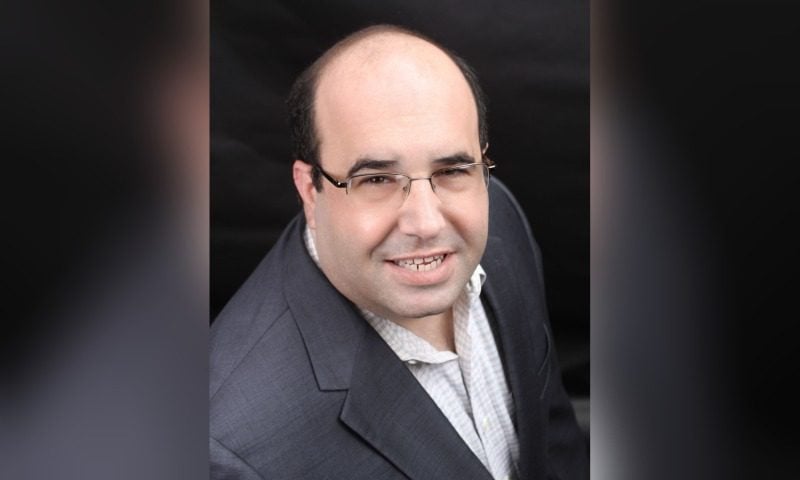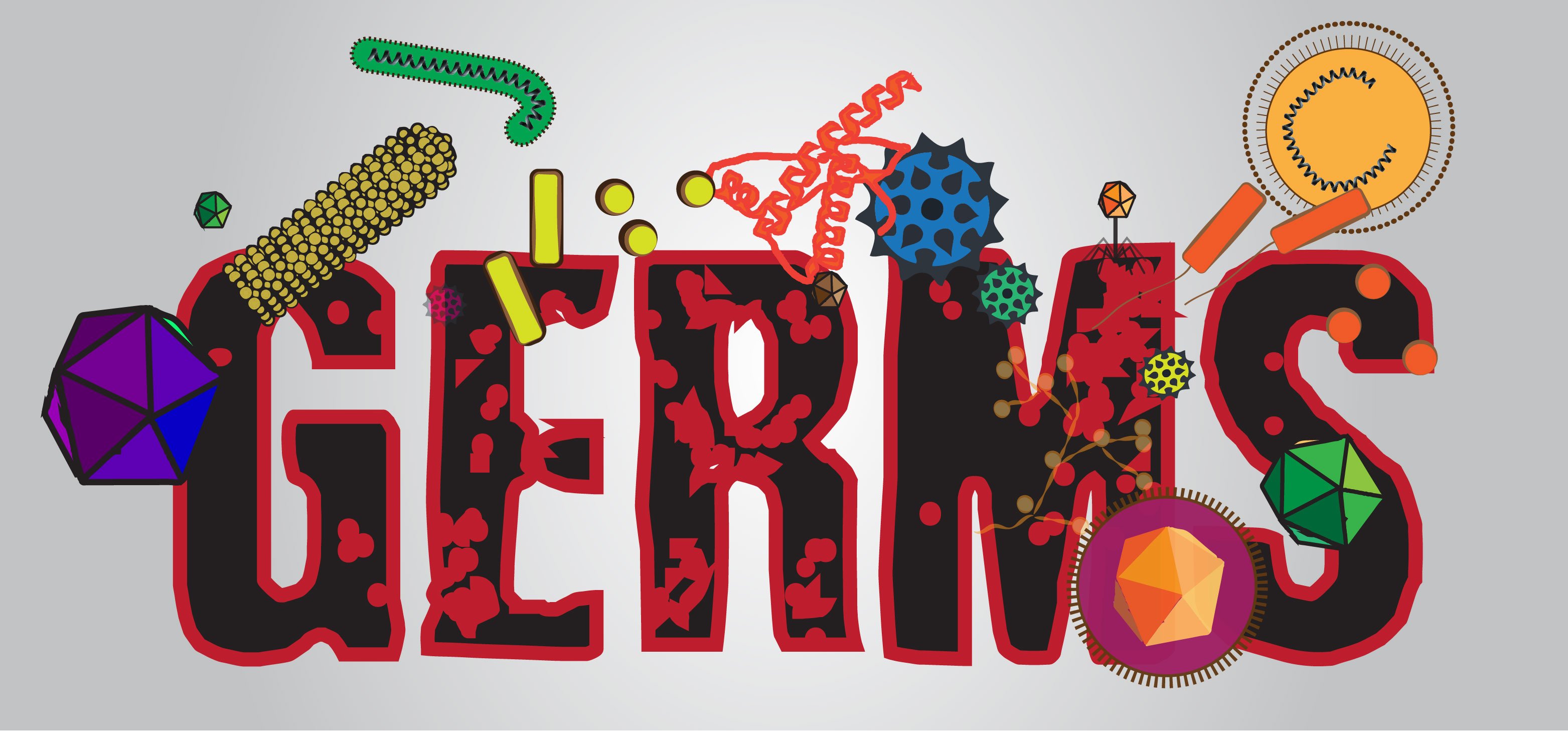As in, say what you want them to do, then ask them to do it. This is the mainstay of coaching changes. This may be completely obvious, but then it may also not be. When coaching a physical activity...
As in, say what you want them to do, then ask them to do it. This is the mainstay of coaching changes. This may be completely obvious, but then it may also not be. When coaching a physical activity there is a pattern that seems to be more effective than others. It goes like this: describe what you want your student to do, then have them do it. It is best that what they do involves feedback, either from you or, better, that they can sense on their own.
Once they have achieved some competence in the task, form element, whatever, it is key that they practice this new thing at their next practice session and the next and the next . . . whether you are involved or not. This is the Achilles’ Heel of not-so-serious archers you may work with. If you meet with them one a week, say, and after teaching them something new, a week later, their form/execution is unchanged, the usual cause is they didn’t solidify that learning by “doing their homework.”
Of course, we don’t want to turn a hobby into a job, but the goals they are seeking are theirs not ours, so I extract a commitment from the student to do X number of repetitions of the new movement on Y days before our next session. It is very important that they write this on their List (I have written about The List before). So, if they practice and if they read The List before each practice, as instructed, they will be reminding themselves of their commitment.
If your student fails in such endeavors several times, it is likely that they are not actually a serious competitive student as you have been treating them and your expectations and methods have to change. (Recreational archers are motivated by “having fun” and often times doing drills or lots of repetitions of things isn’t fun, so they do not do them. Don’t blame them, it is your mistake in assuming they are serious competitive archers when they are not.)
Let’s go back to that serious competitive archery student. What else can you do to help him/her learn this new move? One thing you can do is get them to describe what they are to do vocally. Putting it into words is part of a time honored learning technique of spreading the learning out into a number of different faculties. (Having them write their description in their log helps, too.) Another thing you can do is link the new move into older learning, here that being the student’s shot routine. By carefully placing the new move into their routine, you create causal links to the new move and to the next step in line. Shot sequences are classic “one thing leads to another” chains. When placing the new move carefully in the place of an old move or by breaking one of those links and inserting the new thing, it is important to identify what follows what. Remember way back when you played albums to death? Near the end of each track, you knew which song came next. That was because the end of the prior song was the link you forged to the next. This is what is needed in an effective shot routine.






